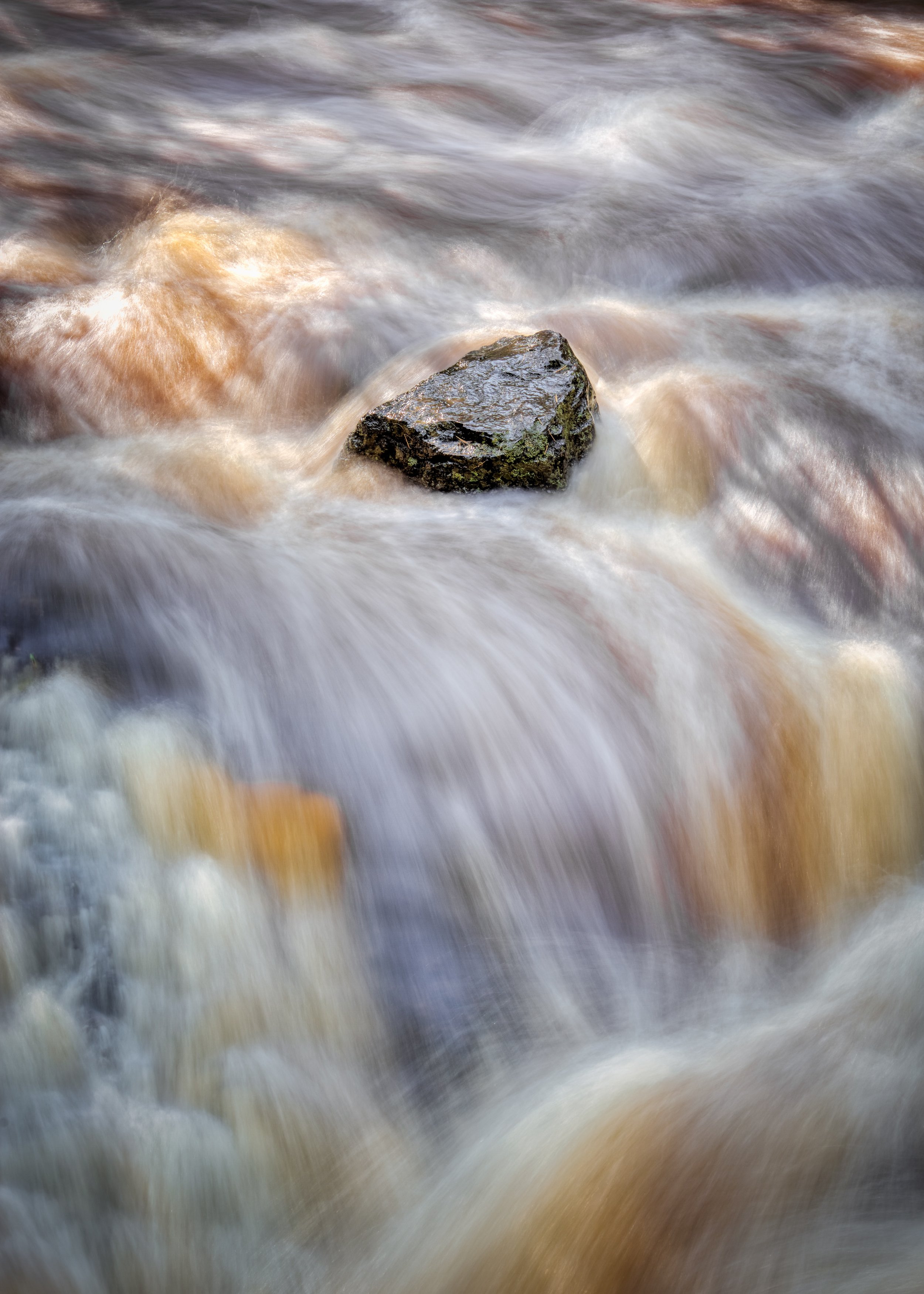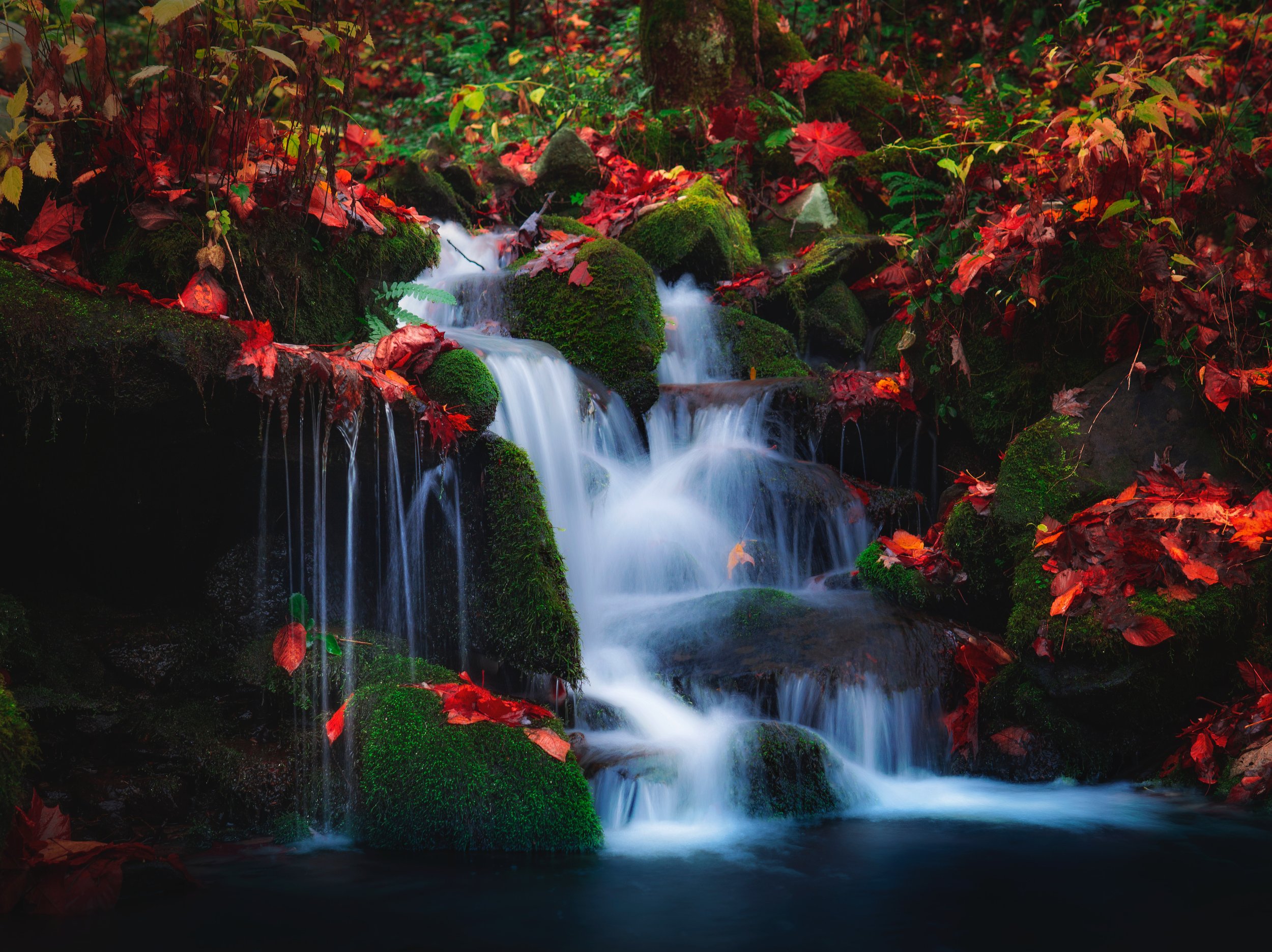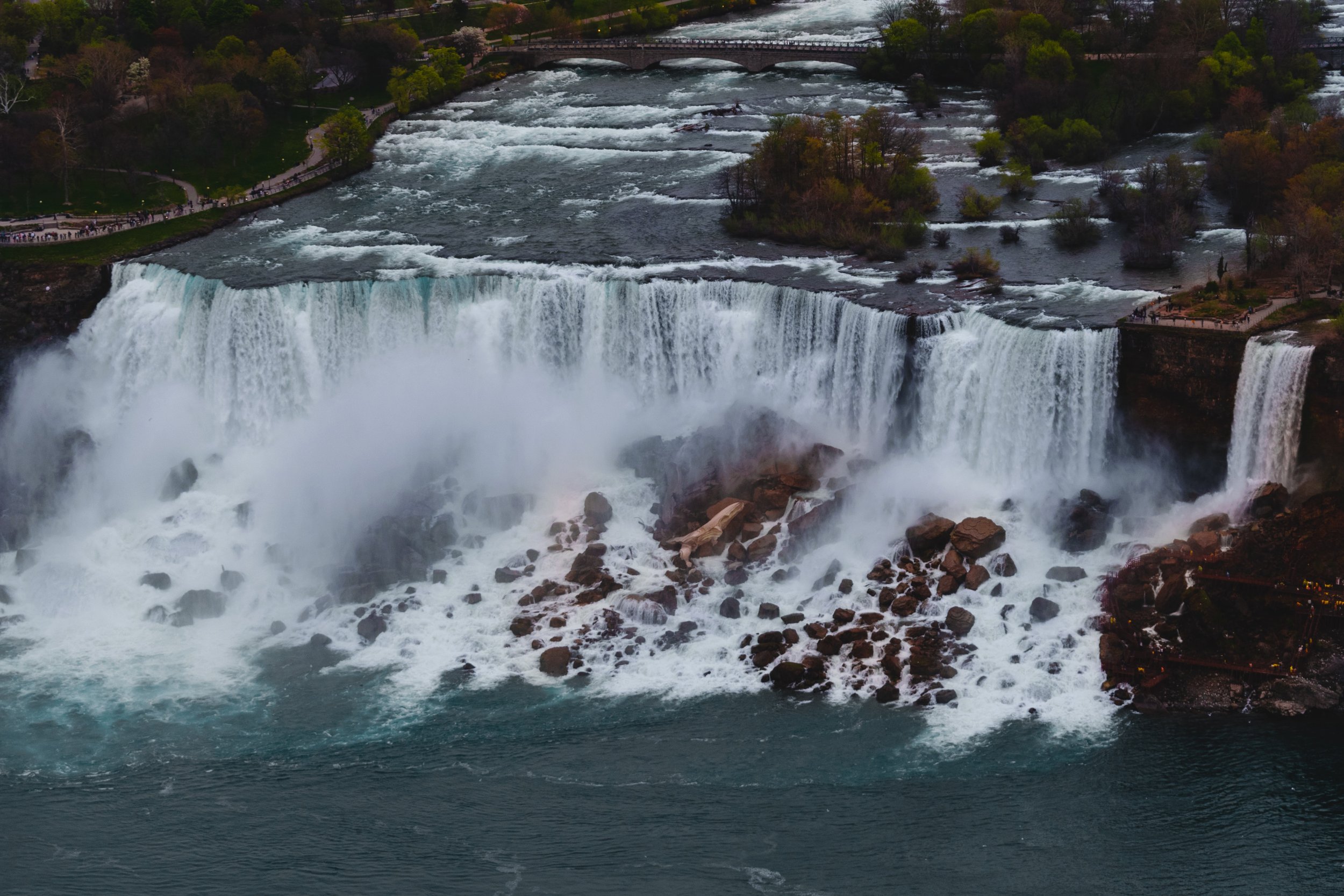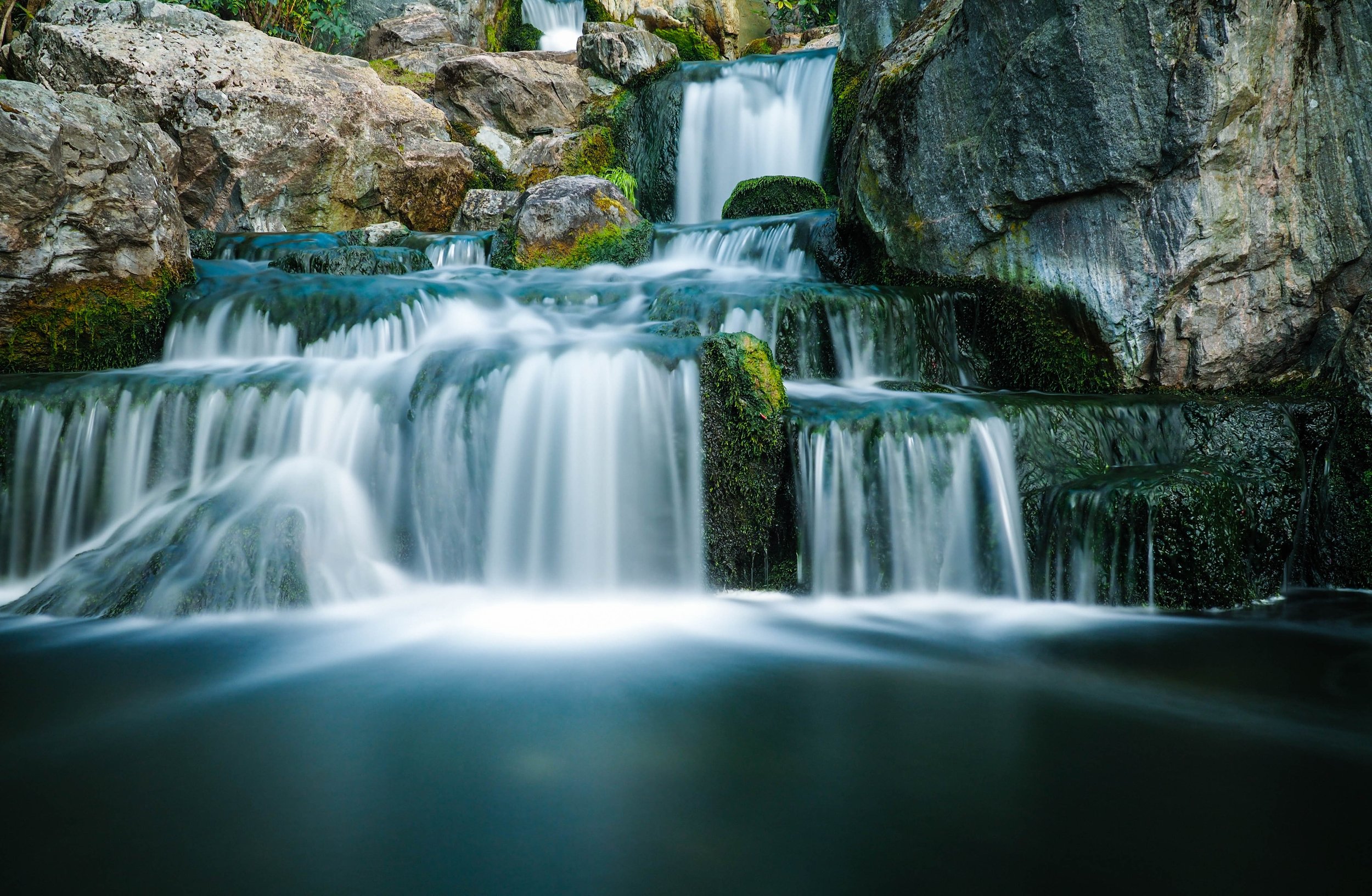Is Creative FLOW the Secret to Happiness?
Is flow your #1 superpower? Photo by Jon Flobrant
Are you ready? I’m here to help bring out one of your hidden superpowers.
Time drops away. You feel more aware and awake than the people around you. The small room you’re in gains a paradoxical feeling of open vastness. Ordinary things sparkle in fresh mystery. Optimism yields to joy, and everything you’re doing feels more real than ordinary life.
Flow isn’t just a time-tested productivity hack.
This is your superpower!
These experiences don’t have to be fleeting or ephemeral. In any activity, complete immersion can spawn a state of creative flow. As with moving water, creative flow lets work and play sweep along in a steady stream. While this writing skill can start as a trickle, why not attempt some whitewater rapids?
At its heart, what is flow?
An optimal mix of concentration, passion, and euphoria.
-While “in the zone,” it feels like a higher state of spiritual consciousness.
The ability to set all other things aside and FOCUS on an activity is such an intrinsic part of human nature that we often overlook it. And once you can willingly generate cognitive flow, it is like living in a state of higher consciousness. You may feel more awake than those around you.
As you lose yourself in the process, you rapidly approach the point where you are working at full capacity and peak efficiency.
And it works everywhere. Try it with your social media, a blog post, or any deep work on any story idea!
Splish splash, go with the flow! Photo by Dave Hoefler
Creative people are at their best when deeply involved with something challenging.
Take a look at the above diagram. When a task has a low challenge level and doesn’t require much skill, you’re either apathetic or bored. Bump the required skill level up to high, and the task can be a relaxing experience. On the other hand, if the challenge is high and you don’t have the skill, you might suffer a tinge of anxiety. Finally, when the challenge level and required skill level are high, your mind might just shift into a state of creative flow.
Note: this diagram is called the “Octant Model of Flow State.” I copied it from a DuckDuckGo search and then found a description way down in an article at Positive Psychology. According to another article at Very Well Mind. “Positive psychologist Mihály Csíkszentmihályi describes flow as a state of complete immersion in an activity.”
Doesn't this look fun? Photo by Eduard Labar
Examples of Flow
As an athlete, I once completed several state-level hurdling races in a seeming blink of an eye and with no conscious effort.
While sailing a 42-foot ketch in San Francisco Bay, I once experienced an extended interlude of total temporal displacement.
As a Navy officer, I have been in a total state of flow while navigating a 563-foot Spruance-place destroyer at high speed in shallow water. (35-knots. Seal Beach, California. I have witnesses.) I’ve also hit a dynamic state of flow while conducting naval gunfire support, and while outmaneuvering a hostile, Cold-War Soviet intelligence-gathering ship.
As a student, I have experienced flow while taking calculus, physics, and planetary geology exams.
I have had high-school students who described entering the flow state while composing and/or playing music.
Athletes sometimes describe being so absorbed by a game’s give-and-take that they don’t remember playing. Entire teams sometimes enter a state of unstoppable kick-ass group flow. Don’t believe it? Go google any NFL film featuring Joe Montana and Jerry Rice. Or, more recently, Aaron Rodgers and Davante Adams. You’ll see this any time a team’s natural blending of egos balance each player’s high-level skills and demand for challenge and external validation.
If you can suspend your natural sense of disbelief, challenging video games can sometimes transport a player to the level of flow. This is especially true with games that track a player’s skill and adjust each moment’s level of difficulty. I do not play many video games. In fact, I can only recommend one where I’ve achieved flow: Portal 2. (Just be careful. Once you play Portal 2, that’s all you’ll be doing for a while.)
Although often oblivious to my surroundings, I’ve never felt separate from the action at hand. Even so, I may not realize what has happened until I’ve completed the task. At times, the transition in and out of flow feels as if a high-amperage or electric, subconscious effort has lifted me through a white-hole portal shift to a different level or dimension of the universe. No kidding. The feeling of being “in the groove” can be intense!
The benefits of flow
Flow helps you write quickly and finish projects.
The mix of enthusiasm and challenge can bring a feeling of ultimate competence.
Pure awareness brings a state of timelessness.
I’m talking about true time dilation: fiction writing at the speed of thought can deliver unusual surprises.
Flow’s calming effects erase fear and push excuses aside.
Flow lets you work within your brain’s design parameters rather than against them. This improves clarity of thought.
Over time, working in the flow state reinforces the positive neural circuitry in your mind.
If creating something new sometimes feels like a chore, entering the flow state adds a touch of joy to the process.
Pumping words out as fast as humanly possible will increase your daily word count.
Your writer’s creative voice will feel more natural.
Flow automatically kills writer’s block!
“I’m writing a first draft and reminding myself that I’m simply shoveling sand into a box so that later I can build castles.”
Flow is a balance of skill and challenge. Photo by Joshua Woroniecki
How to trigger a state of flow (while writing)
Think of a teeter-totter. Remember those? A seesaw? Or you might want to picture a set of balanced scales. You know, like Lady Justice holds. Or, maybe you’re a physics student and think in terms of fulcrums and balanced lever arms.
Flow requires that you precisely counterbalance a task’s challenge with your top-notch skill level. At least that’s how it feels to me. Yet, according to the Flow Research Collective, the Challenge/Skills balance needs to tilt a bit more toward the point where “the challenge of the task slightly exceeds your skillset. You are [need to be] pushed out of our comfort zone. The magic ratio is about 4% harder than you are comfortable with. You want to stretch yourself—not snap.”
I have a lot of bullet points here, but you don’t have to have everything going your way to sustain flow. Why not look at these ideas and see what works for you?
Have clear goals.
Build your skills and set challenges.
Trust your intuition. You are about to shift from conscious to unconscious processing.
Eliminate distractions. Prepare your environment for total concentration. Make a ritual of silencing all apps and notifications.
Choose a time of day that offers a chance for peak performance.
Background music often helps me dismiss unrelated ideas.
Human beings first wrote with pictures, and building a mental image of the scene I’m writing can help start the process.
While keeping things relevant, seek novelty.
Take calculated risks or do things the hard way.
Push your limits and don’t over-analyze.
Just let the ideas spill onto the page or canvas.
When ideas flow, they usually come out in the most effective way possible. But don’t worry if everything looks chaotic. You can fix anything … later.
Have you ever tried listening to music with binaural beats? Binaural beats near the borderline of Alpha (daydreaming) and Theta (insight) waves work well for me. (A frequency of 263Hz is a good carrier frequency for creativity. A beat frequency of 6.5 Hz aids corpus callosum bridging. And an 8Hz binaural beat helps flow by inducing a daydream-like break from conscious reality.) YouTube has a lot of choices for you to try. Don’t overdo this, though. At least for me, more than a couple of hours can bring on a headache. And here’s a fun website.
Be prepared to allow yourself an expanded emotional spectrum.
Keep learning. Always focus on the positive. Don’t let your mind become disorganized.
Quiet your mind. Focus your attention. Set all anxieties aside. Be more mindful.
Stand ready to shift into high gear. I have a friend who was a Marine sergeant, and I can always hear his voice reminding me that, “Prior Preparation Prevents Piss Poor Performance!”
Trust the outcome.
Teach something … when teaching — telling someone about your idea — our brains are designed to simplify the complex. I have to be careful with this, as I can easily enter a state of flow when teaching. (Especially physics or astronomy!)
While I’m here, I should remind everyone … NEVER attempt this while driving! I once turned left on a red (twice in a row) while telling a friend a story. I can even enter the flow state when mentally shifting “elsewhere” and telling people about my honeybees.
Plan the project with an outline or roadmap. And remind yourself that you won’t be stopping to fix, adjust, or tweak.
Work in manageable chunks.
Visualize everything.
Never write in passive voice. Writing in active voice stimulates flow.
You will be speed writing (or doing whatever creative thing that’s in your wheelhouse) in sync with your brain, so have a plan for dictation. If you can’t dictate, try talking as you type or work with your creative material. If you can synchronize your thoughts with your moving pen or keystrokes … talking silences the inner critic.
Let your natural instincts and intuition guide the way.
Convey feeling: this is an awesome story or project!
If you need it, why not invent a deadline? This can help with speed and impact.
Get yourself excited about the idea. What’s your connection with this topic? Why is it meaningful to you?
I’ve heard that meditation can really help. (I need to check this out!)
Pretend you’re telling a friend the story.
Try writing with the “Pomodoro technique.” This involves setting a timer and speed writing without distraction until the selected writing window ends.
Smile while you work. Express emotional pre-set out loud. Laugh, and begin!
Don’t worry if your rough draft looks ugly on the page. In fact, go out of your way to create some messiness! This may tell your brain’s critical side that everything’s okay!
Try Tai Chi (aka “meditation in motion”). Again, this is something I need to investigate. The closest I get to Tai Chi in my ordinary life is when move in a smooth constant rhythm while tending my beehives.
Run a marathon or try an “extreme sport” like rock climbing. Right now, my extreme sport involves chainsaws and a forest of evil, invasive buckthorn trees … that are about to go down hard.
Remind yourself that you are not here to multitask. You are a creator! So, create!
Are you ready to operate in a higher state of consciousness?
The emotional and spiritual benefits of regularly riding the wave!
While operating in this higher state, you stop worrying.
Over time, these periods of flow are no longer fleeting or ephemeral. While flow isn’t “automatic” for me, I can always feel its “edge” as I catch up to it. (I’ve been writing this article in a state of flow. Can you tell? It’s weird, but I think my subconscious is hostile to real paragraphs!)
The sense of optimistic, total control is easy to share, especially when in a leadership position.
You will definitely begin discovering more and more meaningful coincidences and synchronicities. This creates a positive reinforcement cycle where the creative process’ usual escapism drifts toward exhilaration and joy.
When working at the speed of thought, it is impossible to feel self-conscious.
Excuses disappear, and you feel as if you are in charge of driving your life’s deeper narrative.
Flow can be a full sensory experience. Almost like a hallucination or fantasy, you can involve your sense of sight, hearing, and touch. You might even smell or taste things as your nerve endings try to interpret your mind’s emotional responses.
Entering the flow state gets easier with time. Your mind understands when and how to open the floodgates.
You’re almost always left with a subjective state of total well-being. I am over sixty years old, but can feel as young as any protagonist (or alien creature) whose point of view I share while in the zone and writing.
Some of my flow experiences spring from small bits of research that I also think of as part of my continuing lifelong education.
Extended periods of flow lead to a capacity for greater emotional complexity.
Flow boosts the brain’s production of certain neurochemicals. Dopamine, for instance, heightens focus and helps link connections between different ideas. While it seems to convey pleasure, its effects usually only hit home after I’ve finished the day’s work at my keyboard. I’m never going to be an expert at such things, so here’s where Wikipedia discusses dopamine.
Are you ready to supercharge your creativity with the power of flow?
Flow makes time irrelevant. Time doesn’t have to move ahead at one second per second. Instead, you’re in control and reality bends in tune with your inner narrative. Moreover, the experience itself can stand in for whatever benefit you expect from the activity at hand. Experiences like this, perhaps with little expectation of future reward, are often enough to keep a project’s energy flowing in a positive direction.
Long story short, why not leave your comfort zone? Seek different perspectives. Balance risk and reward, and get your creative juice flowing. Engaging multiple sensory streams and stretching your imagination can help set up a positive feedback loop.
As with any superpower, reaching full potential will require you to boost your level of challenge. In your next writing session, push aside your sense of self. Encourage your awareness and actions to merge. And remember to take care of yourself as you exit the flow state. For continued productivity, you need rest, sunlight, and companionship. If you don’t have a dog, get a dog. If you already have a dog, get another dog.
Final thoughts: shooting for high-octane performance:
Think of your project as a process. You’ve got an idea. How do you turn into something concrete?
Specify the exact emotion or topic you’re trying to communicate.
Create an outline. Start with a generic step-by-step preview guide while leaving room for spontaneous creative ideas.
Try to capture the idea or storyline in a single sentence.
Remind yourself why you want to write this. Then dig deeper. How will this project benefit you? How will it benefit your reader? How will the finished product be awesome?
Describe your ideal to someone you trust. Watch them for clues. This helps you focus on the storyline and your project’s emotional ride.
Have an extra pad of paper or open writing document for recording stray ideas as they bubble up from your subconscious. Don’t let anything send you down the wrong path.
Don’t stop to reread anything. You’ll have a chance to amplify your ideas later. There’s always time to add ideas or cut anything redundant. Perfection can come later.
If you get tired, take a break and gain some distance from your work. Give your most positive creative mindset time to rejuvenate and return.
Between work sessions, seek high-level and unambiguous feedback. Stay positive. Get back to work. Seek higher levels of achievement.
Flow is your super power! Photo by Mike Lewis
Here’s more information that may help you hack into a Higher State of Consciousness for faster writing and project completion!
For more information, dip into Mihaly Csikszentmihalyi’s book: “Creativity: Flow and the Psychology of Discovery and Invention.” By the way, his name is pronounced: “Me-high, Chick-sent-me-high.” The article from the Flow Research Collective also includes a quiz that might help you get more flow in your life. You can find it HERE.












